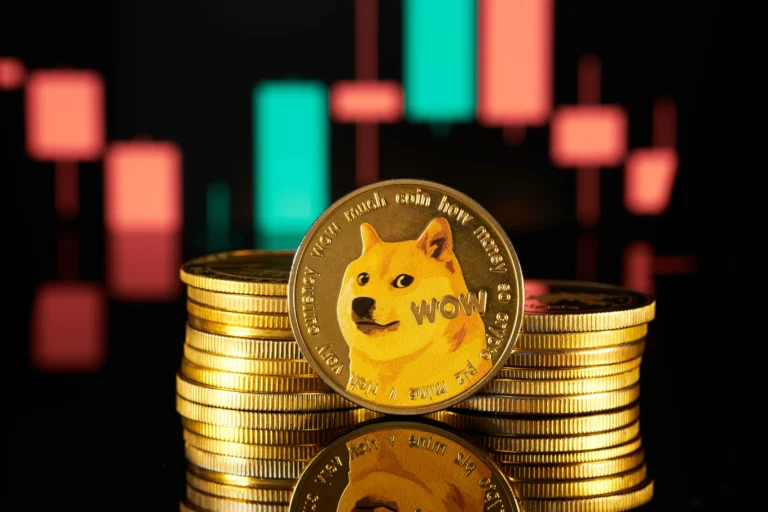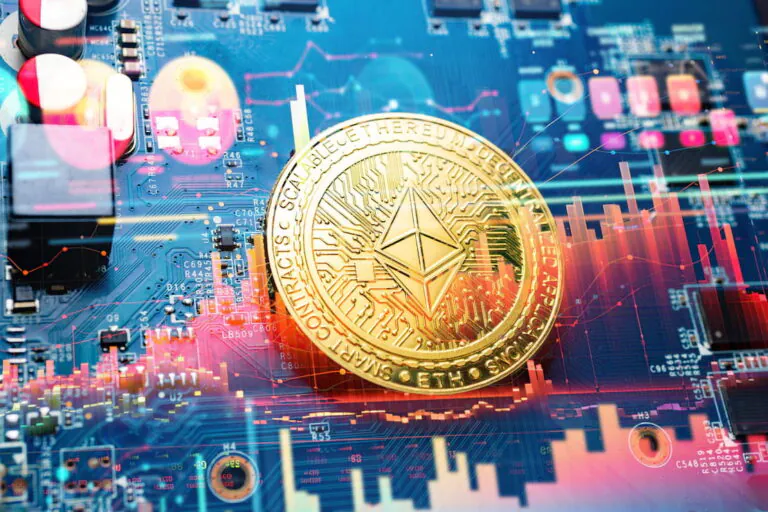Dogecoin (DOGE) with the image of a Shiba Inu dog called Kabosu as its logo, is one of the most popular and successful memecoins. It is considered an altcoin and was launched in December 2013.

What is Polkadot: development, prospects and forecasts
Polkadot (DOT) cryptocurrency price is $24.25
Trading volume: $11.95 M (as of 15/06/2021)
What is Polkadot? Who created DOT and when?
In November 2017, after the release of the code on the GitHub platform, it became known about the development of the Polkadot network protocol, which was created by scientific professor Robert Habermeier, the creator of Ethereum and other projects Gavin Wood and the technical director of the Web3 Foundation project Peter Chaban.
In July 2018, the Polkadot service released the first own Parachain blockchain, which ran simultaneously with the central Polkadot.
In May 2020, the Polkadot blockchain was fully implemented, and the Polkadot Relay Chain was in the waiting phase for activation until October 2020.
The essence of Polkadot technology
Polkadot or “polka dot” is a blockchain protocol that combines n-number of autonomous blocks into a complete decentralized network. The project makes it possible to transfer tokens and send various information. Thus, a connection is established, a chain of blocks that work on the basis of its technology.
The Polkadot service includes the following components:
- Relay Chain – the core of communication between shards, provides security;
- Parachains – autonomous blockchains based on the Relay Chain core;
- Parathreads – blockchains that are leased to users;
- Bridges is a bridge that connects and combines blockchains.
Exchanges and DOT cryptocurrencies wallets
DOT cryptocurrency is sold / bought on the following exchanges:
- Binance
- Kraken
- OKEx and others.
DOT wallets:
- Polkawallet
- Trust Wallet
- Math Wallet
- Atomic Wallet
DOT Token Functions
Token functions have three components:
- Control. DOT token holders have full control over the work schedule, protocol dynamics and auctions. They also have access to all the innovations of the Polkadot service.
- Staking of DOT tokens. Coin owners stimulator for fair play. It controls user actions by punishing cheaters and rewarding honest players. The latter receive valuable inflation coins.
- Compound. For a certain period of time, new parachains are added to Polkadot by bonding. After the period intended for work has expired, all tokens are returned to the original account.
The main advantages of Polkadot
- Functional variability. Polkadot makes it possible for the blockchain to transfer not only tokens, but also assets (files) of various types.
- Access to a variety of blockchains. The ability to create your own blockchain.
- Security thanks to stacking. In the new Polkadot service system, independent chains can interact with each other and not worry about their security, since it is under the control of the staking function.
Prospects, development and forecasts
The technology of the Polkadot service is aimed at creating a decentralized blockchain network in which each block is autonomous. It also allows you to easily adapt to any adjustments and reboot with improved technologies.
What projects are running on the Polkadot server?
To date, there are 463 projects on the server. Of all 463 projects, 157 were developed on the basis of Substrate Based technologies.
The most popular Substrate Based projects are:
- Polkadot
- Kusama
- DatDot
- Darwinia
- ocean protocol
- ChainX
- edgeware
- subsocial
- Acala Network
- Energy Web Foundation
Polkadot is a project with rapidly growing potential that is ahead of similar projects with fast and free data transfer. As for competition, the main competitor of Polkadot in similar work technologies is the Cosmos service.
Many critics analyze the question of whether there is a future for this cryptocurrency, and if you look at the rapidly growing trading volumes, it is safe to say that there is.
The Polkadot service is gaining momentum in trading thanks to its blockchain projects, the number of which is increasing every day. They play an important role, since with the increase in blockchains, transaction turnover also comes. The Kusama project has expanded Polkadot the most, now the number of validators is 900, but in the near future they plan to increase them to 1000 and more thanks to the “bridges” function.
Despite the fact that the service is relatively young, a large number of companies have already recognized its technology as quite interesting and profitable. This is evidenced by the fact that the DOT token of the Polkadot service has been added to popular trading platforms and after some time it may well compete with the already more well-known tokens. Does Polkadot have a future? Definitely yes!
Start your crypto exchange with Coin24

Exchange BTC, ETH, USDT and more — cash or card

Secure and fast crypto exchange since 2018



